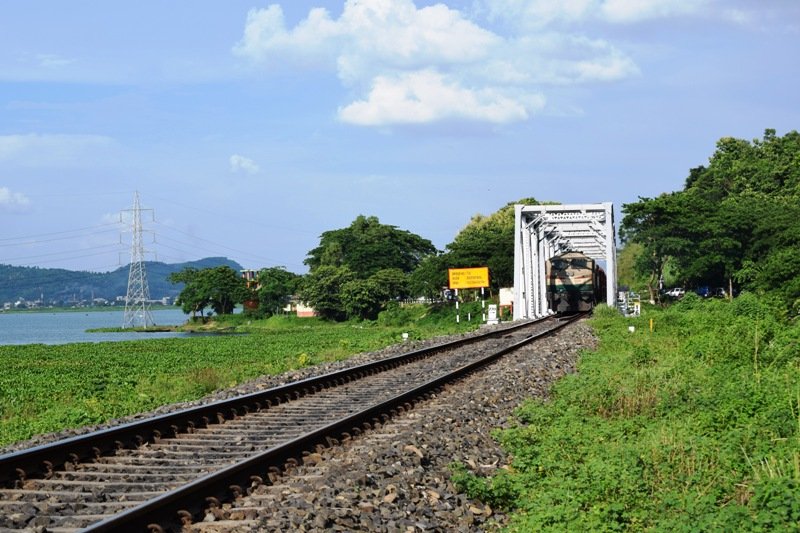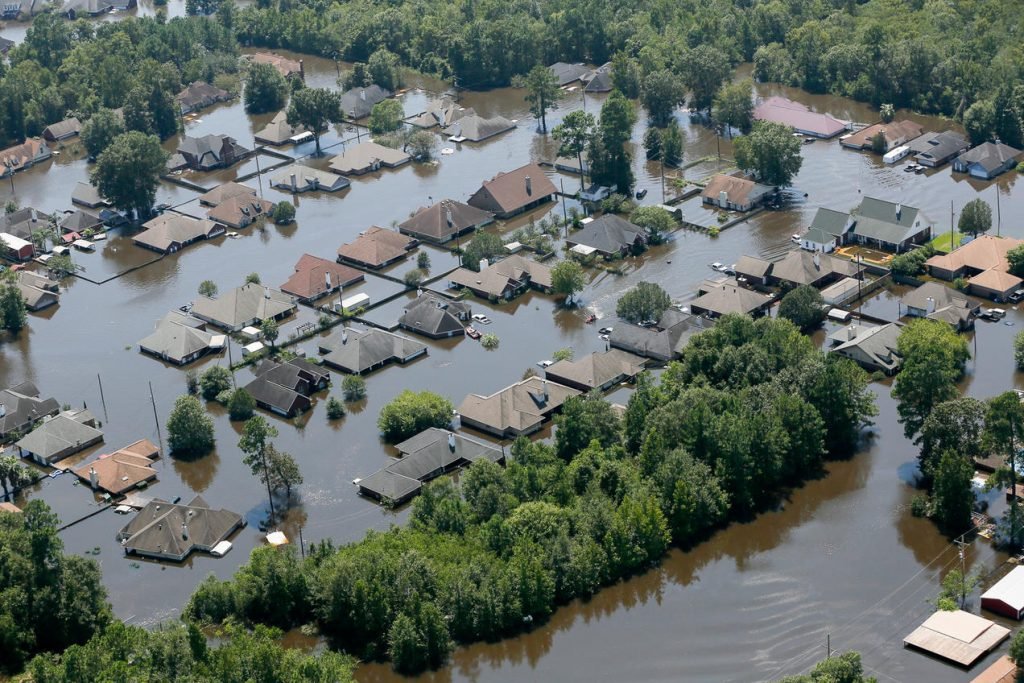Elephant deaths in train collisions
Repeating and doubling past mistakes
By: Dr Paul G. Keil
And we certainly know the original track should not have been built at Deepor Beel in the first place. It was an action done in ignorance, and the Railway Department should not further build upon these mistakes.
The first railway lines at Deepor Beel were built on ignorance. During the planning stage, it was decided that the location of the tracks was the most environmentally sound option for a developing Guwahati city. In the 1989 “Report on Broad Gauge Railway Line through Deepar Beel”, the then Assam Chief Secretary had declared that “the habitat of the elephants and other animals would not be affected… [that]the area is already populated by settled villagers, encroachers… [and]animals avoid the area and live in the interior.”
We now know this belief was ill-informed and untrue. Despite growing settlements, a busy road, and trains that pass every 40 minutes, wild elephants persistently cross through Chakardeo village to graze at Deepor Beel. For years, herds have come to feed, bathe, drink and socialise at the wetland. The increasing frequency of their visitations suggests that Deepor Beel is essential to local elephant survival. Surprisingly, there have been no scientific studies that explain the exact reasons why.
We cannot claim ignorance about the planned construction of the second track. It is reported that fourteen elephants died here due to trains. And it is right to be concerned that a second track will cause more disturbance and death to elephants. The double track will threaten the current system that keeps the corridor open and protects elephant lives.
Fourteen elephants have died in eighteen years. Herds cross to the wetland almost once a week. The number of collisions should be higher. Over the years elephants have leaned the nuances of safety established after the first train collision. This system has prevented countless elephant deaths, and works through the cooperation of local villagers, forest department officials, railway division officers, and train drivers.
Central to the system’s success are on-the-ground local villagers and forest officers. Every evening, these elephant escorts stay awake all night, waiting for any signs of elephant activity. They have specialised, local knowledge of elephant movement and behaviour. If a herd appears, the escorts will call in an alert that eventually results in the train being ordered to slow down. Reduced speed gives the escorts more time to predict when it is safe for the elephants to cross, and for the elephants to respond if a train is nearby when crossing.
A second track will increase the number of trains passing through the area. This increase will dramatically reduce the time available for an elephant to access the wetland. It will limit opportunities to cross, make the passage riskier, and heighten the pressure on escorts to coordinate herd movement with the arrival of a train. A second track also increases the level of risk if the system breaks down. Elephants are silent and clever – what if they suddenly appear without giving notice? What if there is no mobile reception to send an alert in time?
With a double track, trains will come from two different directions simultaneously. Imagine the added panic in a critical moment, if a herd was making its crossing and there were two trains coming from both sides. Also, this complication will produce added logistical problems and confusion for both the on-the-ground escorts and the railway division officers. A second track does not merely double but multiplies the chance for error and elephant deaths.
We must be careful not be awed and influenced by claims about technological solutions. Pilot studies of recorded bee sounds to deter elephants from crossing at Deepor Beel were unsuccessful. There is no scientific evidence that Asian elephants are scared of bees. Conservationists have proposed surveillance equipment or vibration and heat sensors near railways. These tools will not necessarily detect when these curious animals choose a different path, or when a single tusker travels quietly through the landscape. Technology can provide complementary support but is not a magic fix to the dangers of a double track.
To protect elephant lives at Deepor Beel we need people on the ground, and we need to maintain and build upon the current system that keeps the elephant corridor open. That system is barely supported now: escorts are under-paid, under-staffed, under-resourced and exhausted from their difficult and under-recognised work. A second railway line further jeopardises that system and elephant lives.
We know there are many other reasons why the double track should not be built. Local wildlife such as endangered vultures, jungle cats, multiple species of frogs and snakes, including the king cobra, will increasingly be killed by trains. The population of migratory birds, already dwindling, will be further disturbed. The overwhelming noise pollution that affects Chakardo villagers will intensify.
And we certainly know the original track should not have been built at Deepor Beel in the first place. It was an action done in ignorance, and the Railway Department should not further build upon these mistakes. They need to listen to the recommendations of the National Greens Tribunal and must try to work harder and deal with the fact that elephants have shared this area with people for a very long time. Trains cannot be allowed to ride roughshod over and disregard local human and animal lives. Deepor Beel and its elephants are a treasure of Guwahati and of the state of Assam, and in my opinion, planet Earth, and we all need to work together to protect them.
(The writer is an anthropologist who has conducted research near Deepor Beel in 2013 & 2014, studying human-elephant relations).







